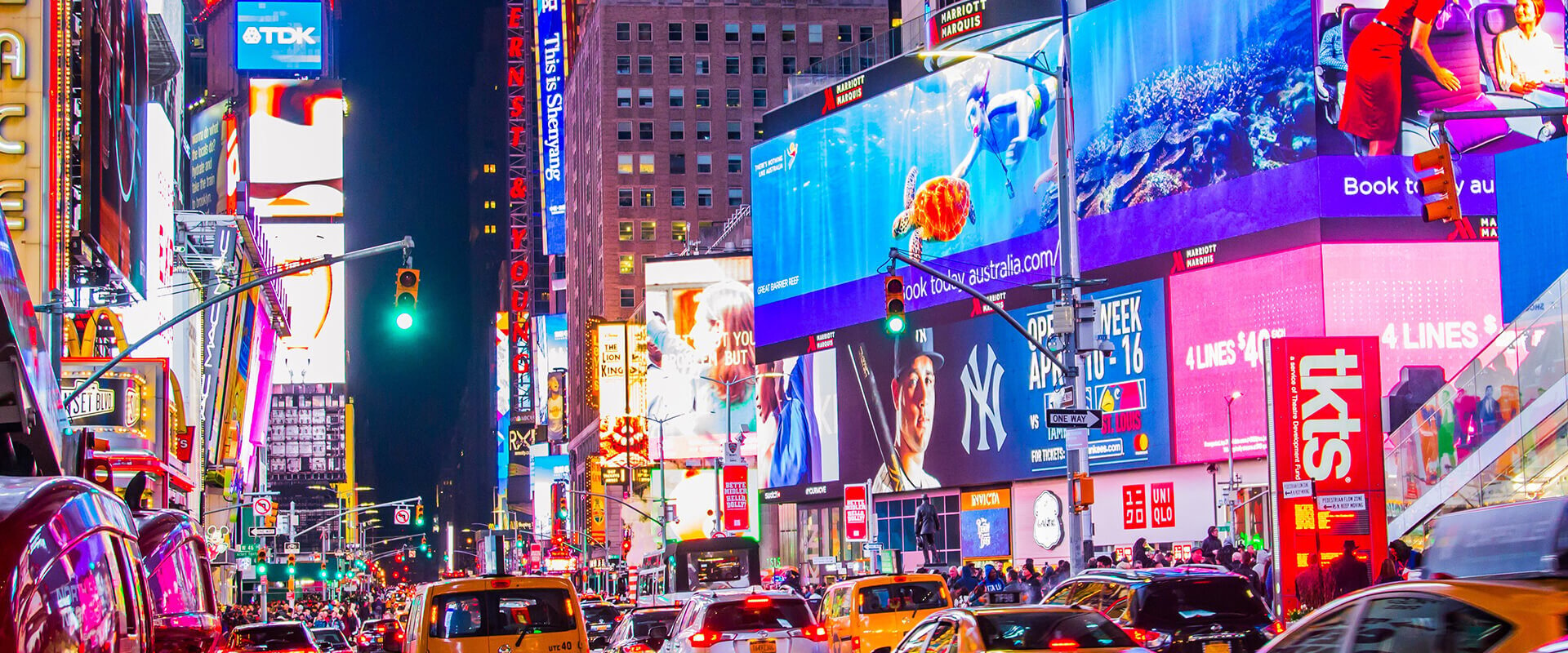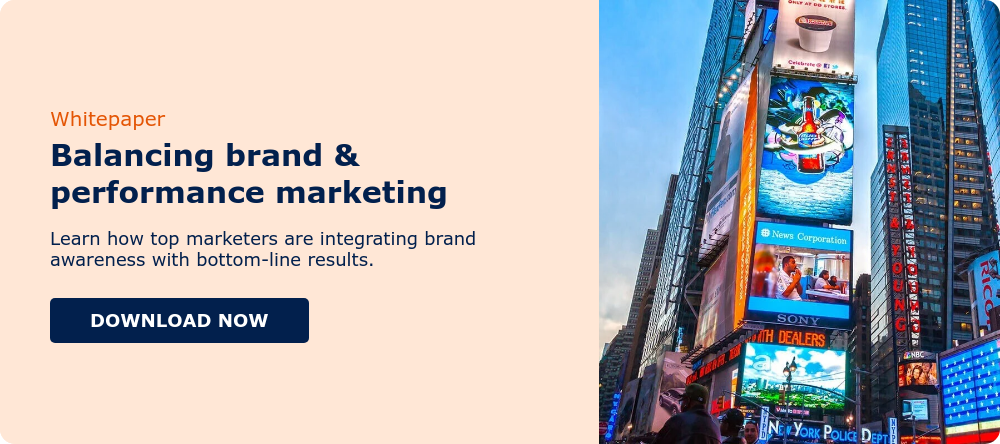
Marketers across all industries face a common challenge: how to strike the right balance between conversion-driven campaigns and brand-building initiatives. The decision often depends on budget availability, stakeholder demands and market conditions, requiring marketers to stay agile and continuously refine their strategies.
Sounds easy, right?
In reality, it’s anything but. The pressure to deliver short-term gains and demonstrate a clear impact on revenue can overshadow the need for long-term brand development. But when marketers can successfully blend both approaches, they set their brands up for lasting success.
[Learn more] The advertiser’s guide to brand & performance: Four strategies for omnichannel success
To achieve this balance between brand and performance marketing, embracing a data-driven, holistic strategy is key. Read on to learn how to think beyond the short-term and build a brand that endures and delivers.
Brand building vs. performance marketing
Historically, marketing teams have treated brand building and performance marketing as separate–and often competing–strategies:
- Brand building: This approach aims to create and enhance overall perception, awareness and loyalty associated with a brand by establishing a positive and lasting emotional connection with target audiences. Since it focuses on intangibles like trust and recognition, it can be difficult to measure, causing some to underestimate its importance.
- Performance marketing: Performance marketing functions within a relatively short time frame, emphasizing immediate and measurable results. These campaigns are typically designed to produce quick responses and drive specific actions, such as clicks, conversions or sales.
This divided approach often drives up costs and leads to missed opportunities for cross-channel synergy and strategic optimization. These challenges were highlighted in a recent Vistar Media survey, where marketers identified cost restrictions, siloed data operations and difficulties in measuring ROI as the top obstacles to achieving their marketing goals.

How brand and performance support each other
According to the research, 66% of marketers cite difficulty measuring the impact on sales as a key challenge in balancing brand and performance efforts. This trend has sparked a strong shift toward performance marketing, with stakeholders eager to optimize their budgets and maximize return on investment. However, this strong focus on short-term gains can unintentionally undermine the crucial brand-building initiatives that drive lasting success.
The reality is that brand building and performance marketing fundamentally share the same goal: to drive growth and profitability for the business. By tapping into the unique strengths of each strategy, marketers can create a powerful synergy, where brand awareness fuels conversions.
Consider these findings:
- Awareness leads to conversion: Brands with high consumer awareness can achieve nearly three times the conversion rates of those with low awareness.
- Connection leads to increased loyalty: When customers feel connected to brands, more than half of consumers (57%) will increase their spending with that brand and 76% will buy from them over a competitor.
- Trust plays a crucial role in buying decisions: Once brand trust is established, 59% of consumers are more likely to purchase new products from the brand, while 67% are more likely to remain loyal and advocate for it, even during a public misstep.
In other words, the more aware and trusting your audience is of your brand, the more likely they will be to convert through your performance campaigns.
Embracing a holistic approach
The most successful marketers are moving beyond this outdated thinking that forces them to choose between brand and performance marketing. Instead, they are adopting a holistic approach to their media mix, reevaluating the role each channel plays in the funnel.

Technological advancements are helping break down these silos, enabling marketers to connect their media channels more effectively and gain more visibility into the relationship between short-term results and long-term brand equity.
Bridging the gap with digital out-of-home
As marketers reassess their omnichannel strategies, digital out-of-home (DOOH) has emerged as a vital bridge connecting brand and performance marketing. Advanced programmatic capabilities enable data-driven targeting, real-time optimization and personalization at scale, allowing marketers to deliver relevant messages to the right audiences at the right time.
With millions of connected screens tied back to large-scale omnichannel campaigns, DOOH’s impact on performance is also measurable with corresponding KPIs like web activity, online conversions, foot traffic and actual purchases.
Given these advantages, it’s no surprise that marketers are increasingly turning to DOOH to satisfy a wide range of marketing objectives—with high reach, innovative formats and flexibility topping the list of benefits.
 By integrating DOOH into omnichannel strategies, marketers can seamlessly connect consumers’ online and offline interactions, deliver a cohesive brand experience and amplify the results of their campaigns.
By integrating DOOH into omnichannel strategies, marketers can seamlessly connect consumers’ online and offline interactions, deliver a cohesive brand experience and amplify the results of their campaigns.
Want to learn how leading brands are leveraging omnichannel strategies to drive measurable results across the funnel? Check out The advertiser’s guide to brand & performance: Four strategies for omnichannel success.



